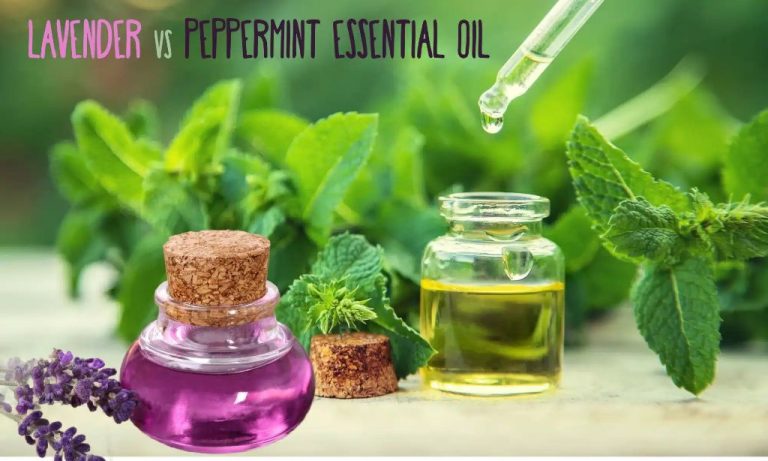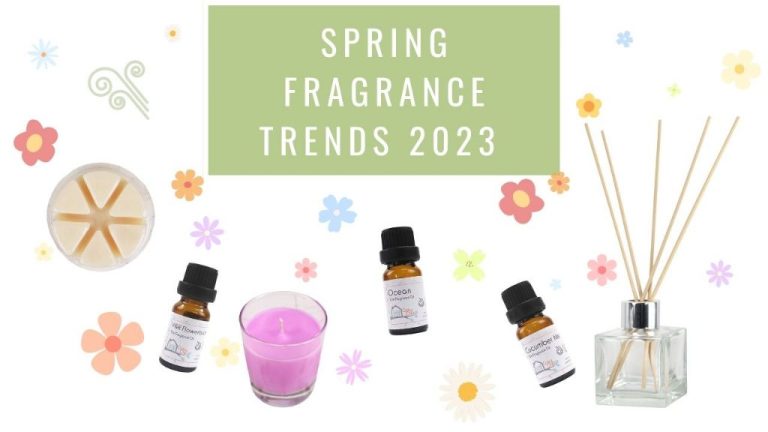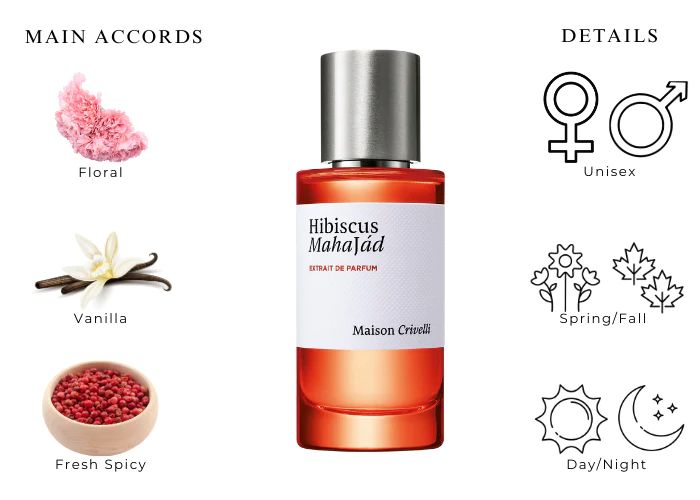What Type Of Fragrance Is Used In Candles?
Fragrances are scented oils used to add pleasing aromas to candles. They are an essential component of candlemaking and a key factor driving the popularity of candles as decorative and functional items. Fragrances turn an ordinary candle into an object that engages multiple senses through its visual beauty and olfactory appeal.
Candle fragrances are composed of aromatic compounds extracted from natural ingredients like flowers, fruits, wood, spices, and resins or synthetically produced in labs. A vast range of scents can be produced through blending different fragrance oils. Popular fragrances for candles include floral, fruity, herbal, woody, and spicy aromas.
Fragrances are arguably the most important element of a candle. Studies show scent has a powerful effect on mood, memory, and emotions. Pleasant fragrances from a burning candle can relax, rejuvenate, or energize. Consumers often choose candles based on their scent alone. The fragrance makes each candle unique and enhances the candle’s purpose and experience.
Natural Fragrances
Natural fragrances for candles come from plant sources like essential oils, herbs, spices, and flower essences. Unlike synthetic fragrance oils, natural fragrances are derived directly from plants without additional chemicals or additives.
Essential oils like lavender, eucalyptus, citrus, and peppermint are commonly used to create soothing, energizing, and fresh natural scents. Flower essences like jasmine, rose, and ylang ylang provide rich, floral notes. Spices such as cinnamon, clove, and nutmeg offer warming, cozy fragrances. Herbs like rosemary, sage, and thyme contribute a woodsy, earthy element.
Natural fragrances made from these plant essences contain the true, unaltered scent of the source. They offer complexity and depth without any artificially created fragrance chemicals. When used in candles, essential oils and other plant essences provide authentic aromatherapy benefits.
According to Lebermuth [1], natural fragrances create “all the luscious fragrances you love, none of the synthetics you don’t.” They use essential oils like peppermint and eucalyptus to make fresh, invigorating scents for candles. Chloe and Crown [2] provides a wide selection of natural candle fragrances using flower essences, herbs, spices, and essential oils for customers seeking pure, botanical scents.
[1] https://www.lebermuth.com/hubfs/Lebermuth-Candle-Fragrances-R1-2018.pdf
[2] https://chloeandcrown.com/products/scent-discovery-kit-5-scents
Synthetic Fragrances
Synthetic fragrance oils are lab-created fragrances designed to replicate natural scents. They allow candle makers to achieve consistency in their products, as the fragrance profile remains the same from batch to batch. Synthetic fragrances also tend to be more affordable than essential oils.
Popular synthetic fragrance oils used in candles include floral notes like rose, jasmine, and gardenia, as well as fruity scents like peach, strawberry, and citrus. More complex synthetic fragrance oils can replicate the aromas of vanilla, sandalwood, and amber.
Synthetic fragrances enable candle makers to customize and control the exact fragrance they want for their products. They can blend synthetic fragrance oils to create unique scent combinations that would be difficult to achieve with natural essential oils.
Overall, synthetic fragrance oils provide versatility, consistency, and affordability for candle making. Their lab-created origins allow for precision in developing signature scents. While they lack the natural nuances of essential oils, synthetics remain a key component in crafting scented candles.
Essential Oils
Essential oils are one of the most popular fragrances used in candles. They are extracted directly from plants through methods like steam distillation or cold pressing (https://purosentido.co/blogs/blogs/essential-oils-for-candle-making). This makes them 100% pure and natural. Common essential oils used in candles include lavender, eucalyptus, lemon, and peppermint.
The purity of essential oils allows them to retain the natural therapeutic benefits of the plants they come from. This makes them excellent for aromatherapy purposes. For example, lavender essential oil is known for its relaxing, stress-relieving scent. Eucalyptus can help clear nasal congestion and respiratory issues (https://www.harlemcandlecompany.com/blogs/journal/benefits-of-essential-oil-diffusers).
However, essential oils can be more expensive than synthetic fragrances. They may also burn off more quickly in candles due to their purity. Careful testing and blending is required to achieve the right scent throw and burn time.
Fragrance Oils
Fragrance oils, also known as synthetic fragrance oils, are artificially created scent compounds that are used to fragrance products like candles. Unlike essential oils which are extracted from plants, fragrance oils are chemically engineered in a laboratory. This allows candlemakers to create any scent imaginable, even ones not found in nature.
Fragrance oils tend to be less expensive than essential oils. They also offer more consistent scent from batch to batch since they are artificially formulated. This makes them popular for commercial candle production where scent consistency is important.
While fragrance oils contain some natural ingredients, they primarily utilize synthetic aromatic chemicals to replicate natural scents. This allows for more precision in engineering specific scent profiles. It also reduces reliance on scarce or expensive natural materials.
Some popular fragrance oil scent profiles used in candles include fruity notes like apple, citrus, vanilla, floral bouquets, woodsy scents, baked goods, and holiday themes. The possibilities are endless with synthetic fragrance oils.
When working with fragrance oils, care should be taken to follow usage instructions. Some oils may irritate skin if used incorrectly. Testing oils in small batches first is recommended.
High quality fragrance oils made for candlemaking can create strong, long-lasting scents in candles. They allow candlemakers to offer a diverse array of scent options to consumers.
Most Popular Fragrances
Some of the most popular fragrances used in candles include floral, fruit, spice, and seasonal scents that evoke certain moods, memories, or times of year. According to research from Candle Delirium, top-selling floral fragrances include rose, lavender, jasmine, and lilac. Popular fruit scents include apple, cranberry, peach, and citrus varieties like lemon and grapefruit. Spice fragrances like cinnamon, vanilla, and nutmeg are also commonly used in candles. Seasonal fragrances follow trends tied to a particular time of year, with favorites being pumpkin in the fall, pine in winter, and lighter scents like cucumber melon in spring and summer.
Research on the most popular candle scents by state from Shane Co. shows that even within broader fragrance categories, preferred scents can vary by location. For example, Massachusetts gravitates toward cranberry as a top fruit scent, while California prefers mandarin. Southerners tend to like magnolia as a floral, Midwesterners enjoy lilac, and West Coasters opt for jasmine. Still, some fragrances like lavender, pine, and pumpkin span regions as perennial favorites for their respective categories.
Considerations in Choosing
When selecting a fragrance for candles, there are a few important considerations to keep in mind:
Allergies
Be mindful of common fragrance allergies. For example, some people are sensitive to floral scents like lavender or jasmine. Citrus oils like lemon, orange, or lime can also cause allergic reactions in some. Test any new fragrance blend on a small batch first to make sure it doesn’t cause any issues.
Scent Strength
The intensity of the fragrance can impact how well it performs in candles. Very light scents may not smell strong enough when burning, while overpowering fragrances can be too cloying. Finding the right balance is important. Essential oils tend to be more potent than fragrance oils. Start with lower concentrations and increase gradually as needed.
Room Size
Take into account the size of the space where the candle will be burned. For large rooms, a stronger fragrance is likely needed. The opposite goes for small spaces, where too strong a scent can be overwhelming. Consider the candle’s throw when testing out new fragrances.
Testing and Blending
Properly testing and blending fragrance oils is critical to achieving the desired scent in your candles. It’s recommended to always sample and test fragrances before fully committing to a blend in your candle batch.
When combining scents, start with a small test ratio such as 80/20 or 70/30. Document your blend ratios to understand what works. According to fragrance experts, complementing scents like floral and herbs or citrus and spice often blend nicely. Adjust the ratios gradually until you achieve the preferred mix. Refer to fragrance calculators to properly adjust your percentages.
Allow your test blends to cure in a candle for 1-2 weeks before evaluating. Fragrances can change as they cure. Making test candles with sample wicks also helps you understand hot scent throw. As advised by candle makers, finding the right balance when blending fragrances takes trial and error, so record your tests.
Sources:
https://www.youtube.com/watch?v=GfNJve4CW_I
https://www.twistavants.com/blogs/candle-making/fragrance-oil-blending
Storing Fragrances
Proper storage of fragrances is important to maintain their scent integrity and shelf life. Fragrances should be stored in a cool, dark location away from light and heat sources. Exposure to light, oxygen, and high temperatures can cause fragrances to deteriorate faster. Keeping them in an airtight container in a closet, cupboard, or drawer is ideal.
Check the expiration date on fragrances, as they can lose their potency and top notes over time. Most fragrance oils have a shelf life of 1-2 years when stored properly. Citrus and floral fragrances tend to have shorter shelf lives of 6-12 months. If a fragrance smells weak or seems off, it may need to be replaced. Storing fragrances correctly helps preserve the nuances of their scent so they can be enjoyed longer.
Sources:
https://www.theflamingcandle.com/how-should-i-store-fragrance-oil/
https://nikura.com/blogs/discover/how-to-store-fragrance-oils
Conclusion
In summary, there are two main categories of fragrances used in candles – natural fragrances like essential oils, and synthetic fragrances like fragrance oils. The most popular natural fragrances for candles are lavender, eucalyptus, citrus oils, pine, rose, jasmine, and herbs like mint and sage. On the synthetic side, the most common fragrance oils used are vanilla, cinnamon, apple, pumpkin pie, cotton, and clean or fresh scents like linen and ocean breezes.
Choosing the right fragrances for your candles is very important. You want scents that are safe, pleasing, and help create the desired ambience. Testing fragrances properly before deciding is key to achieving the right scent throw and intensity. Blending fragrances takes experience but can result in unique, sophisticated scents. Always store fragrances properly to maintain freshness and avoid losing their aromatic qualities over time.
With such a wide variety of fragrance options, you can create signature scents and cater to different preferences. Take your time selecting fragrances and keep your target customer and their needs top of mind. The right candle scents can help relax, energize, set a mood, and evoke memories and emotions. Fragrance is central to the candle experience, so choose wisely!





